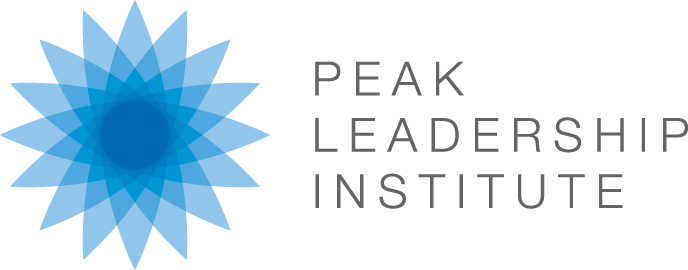One-on-ones are a key communication practice to establish a strong and productive working relationship. Here are some of the principles and topics we share with our clients.
General Tips
- Hold regular one-on-ones with all direct reports (including key consultants)
- Usually 60 minutes. Can be longer or shorter depending on role and relationship.
- Usually once per week. Can do more often if just starting position; less often if established long time team member. Adjust to a level that is maximally useful.
- Use a shared doc to keep notes. Include agenda, notes, and action items for each recurring one-on-one.
- Check in on action items from prior one-on-one as a standard part of the agenda.
- Cover key updates as part of the agenda. If status updates take a long time, consider having your direct report prepare a weekly written update and challenges/blockers in advance to make it more efficient. Put into the one-on-one doc.
- Direct report should be encouraged to propose agenda items (see topics below).
- Set a time for each agenda item, if you regularly run out of time.
- Practice active listening – eye contact, attentive body language, check for understanding. Do not engage with texts or emails while in one-on-ones. Seek understanding. Empathize. Show that you care.
- Engage in coaching: don’t just give answers and suggestions. Ask questions. Help develop problem solving mindsets.
- Be proactive and direct about difficult issues.
- Generally, practice servant leadership. This is a valuable guiding principle for one-on-ones. How can I support my team to be more successful?
- Always prioritize the most high value topics.
- Reference objectives and key results and find ways to support.
- Articulate next steps and action items in the shared doc.
Potential Topics
- Outcome and follow-up items from previous 1-on-1 action steps
- Progress updates on key initiatives
- Biggest challenge employee is currently facing and list — engage in coaching
- Biggest opportunity employee currently sees and ideas about next steps
- Things manager should know, but might not
- Additional information employee needs to do their job
- Other projects or tasks employee wants to talk about
- OKR check-in
- Review of progress toward overall development goals
- Request for support or help removing blockers
- Praise and recognition or constructive feedback
- Manager requesting feedback: “What am I doing well? What could I do better?”

